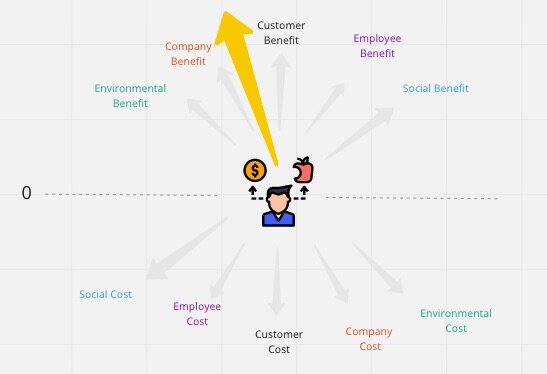Why many “Agile Transformations” are Doomed!
Over the last 15 years I’ve been engaged with numerous ‘agile transformations’ in multiple organizations. I’ve seen two main anti-patterns time and time again that signal trouble from the outset. These anti-patterns, the desire to standardize/’operationalize’ agility and the installation of agility AS the goal, produce very different results than are usually desired. I’ve been complicit in some of these endeavours, fought against some of them, and managed to avoid others.
The Desire to Standardize
In an agile transformation, what problems are we trying to solve? If the problems are complex, using the Cynefin sense-making framework, we can see that there are no best/good practices as there are with obvious or complicated problems. Complexity requires experimentation, discovery, and emergence of practices. In my view, any organizational transformation is inherently complex because it involves a myriad of people, interactions, and skills. The way these elements of the organizational system interact is not predictable up front. An agile approach like Scrum is designed to help organizations solve ever more complex problems but the organizational embodiment of Scrum Itself is inherently complex. Thus coaching teams and organizations to evolve suitable practices cannot be standardized to the level many organizations would like. The approach to that emergence is already embedded in a framework like Scrum and the desire to have a recipe (outside the essence of that framework) that if followed, will lead to success signals a lack of understanding of the nature of complex problems and organizations. This understanding is crucial as the notion that we have historically been trying to use the same techniques to solve complex problems that have been successful in complicated problems lies at the core of any agile transformation.
Agile is NOT the Goal
If you and your business are truly interested in maintaining relevance in an increasingly complex world, what you’re looking for is not an ‘agile transformation’ but a cultural revolution. The agile part is simply a means to an end; that end is a different and ingrained way of thinking about the problems you face and how to address them. The cultural revolution is one based in the relentless pursuit of value. Value can be expressed in many ways; revenue, learning, customer satisfaction, employee happiness to name but a few. We spend so much time getting ‘work’ done that we often fail to focus on, let alone regularly produce, what is valuable to our organizations. So with that in mind, if you are involved in an ‘agile transformation’ that does not use value as a way of assessing whether you’re headed in the right direction, you’re probably not. What good is counting how many agile teams we have or how many Product Owners we employ if we don’t primarily have an eye on the whole reason to transform - to relentlessly focus on what’s most valuable. To do that we have to think deeply about what value means to us and then embrace agility to ensure we’re always focused on the next most valuable problem. This is very difficult for most organizations but it is where the true transformation occurs.














